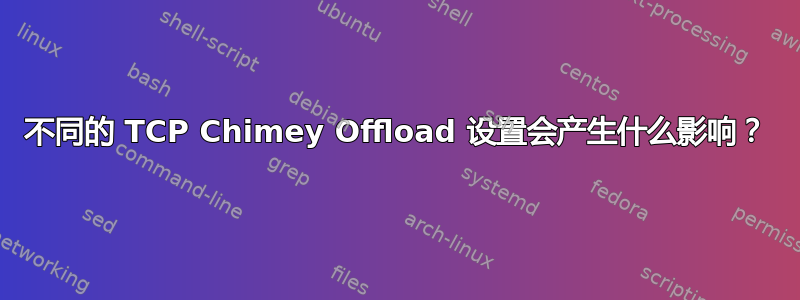
我在 Windows Server 2008 R2 上安装了 SQL Server (2008 R2) WSFC,我发现操作系统和 SAN 之间存在一些存储延迟。SAN 管理员注意到,SAN 在与服务器关联的 LUN 上承受的压力很小,最高响应时间为 8 毫秒。
然而,操作系统和 SQL Server 的速度不够快。我发现一些 问题参考 TCP Chimney Offloading 及其可能导致的一些问题,所以我一直在探索服务器上的配置。
下列的这指南中,我看到在操作系统级别,烟囱卸载状态是自动的
Querying active state...
TCP Global Parameters
----------------------------------------------
Receive-Side Scaling State : enabled
Chimney Offload State : automatic
NetDMA State : enabled
Direct Cache Acess (DCA) : disabled
Receive Window Auto-Tuning Level : normal
Add-On Congestion Control Provider : ctcp
ECN Capability : disabled
RFC 1323 Timestamps : disabled
但是,设备管理器中适配器上的设置显示TCP Connection Offload (IPv4)为“禁用”。
操作系统:Windows Server 2008 R2 Enterprise Edition SP1 网络适配器:HP NC551i 双端口 FlexFabric 10Gb 融合网络适配器。
有 8 个这样的 FlexFabric 适配器(我检查过这些适配器是否具有烟囱卸载功能),但只有 3 个启用了(其中一个连接到集群的“专用”网络)。还有一个连接到“公共”网络的 HP Network Team。
如果在操作系统上将烟囱卸载“自动”设置为“自动”,但在卡上却将其禁用,那么会产生什么影响?
答案1
按照微软 KB951037您链接到的内容:
TCP Chimney Offload can be enabled or disabled in the following two locations:
- The operating system
- The advanced properties page of the network adapter
TCP Chimney Offload will work only if it is enabled in both locations.
By default, TCP Chimney Offload is disabled in both these locations. However,
OEM installations may enable TCP Chimney Offload in the operating system, in
the network adapter, or in both the operating system and the network adapter.
因此,在任何一个地方禁用卸载都会导致禁用该功能。
对于“自动”设置,我相信必须查阅手册,例如,本能地不清楚组合“启用-自动”如何运行。


